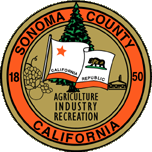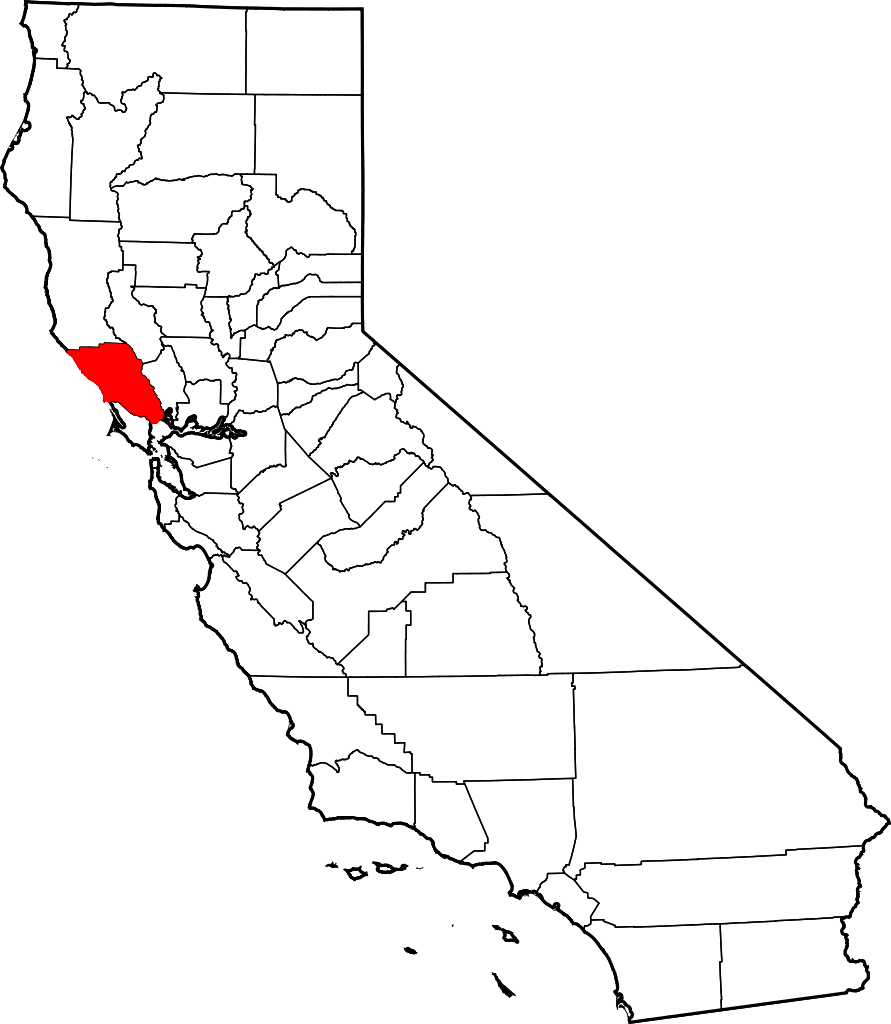plats:us:sonoma.ca.county
Sonoma (CA) countySonoma County är ett county i Kalifornien i delstaten USA. Administrativ huvudort (county seat) är Santa Rosa. ÖversiktHistorik
ÖvrigtSix nations have claimed Sonoma County from 1542 to the present |
kartaKartlänkar består avIncorporatedSonoma County has nine incorporated municipalities.
UnincorporatedThe county also includes the following populated places which are not incorporated: Census-designated places
Other unincorporated places
Former townshipsAt the time of its formation, the county comprised four civil townships. It was restructured several times, and by 1880 was made up of 14 townships:
|
plats/us/sonoma.ca.county.txt · Senast uppdaterad: 2024/04/03 01:27 av 127.0.0.1

